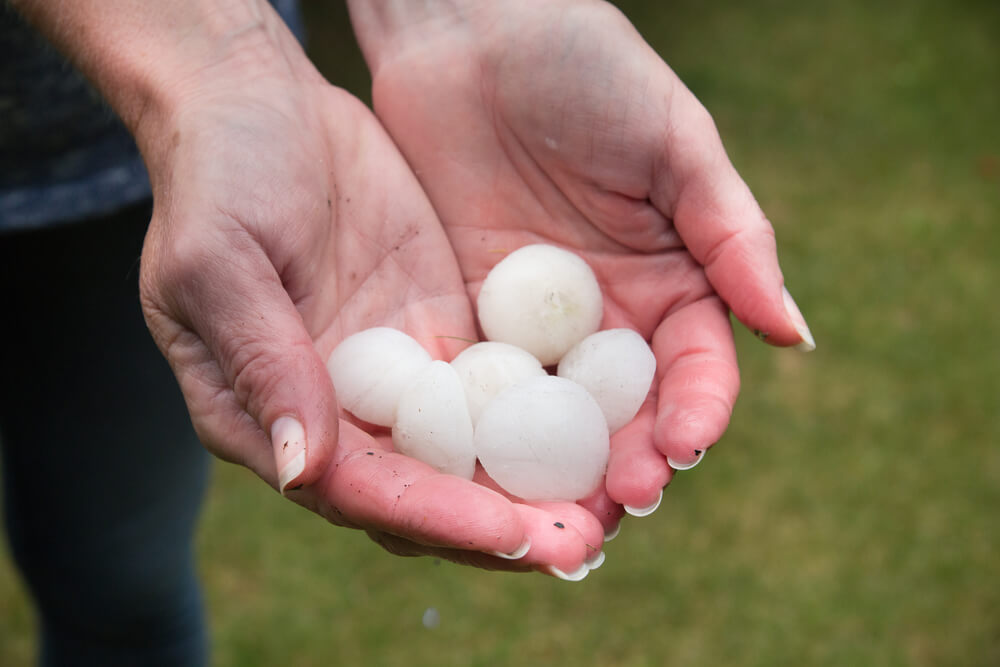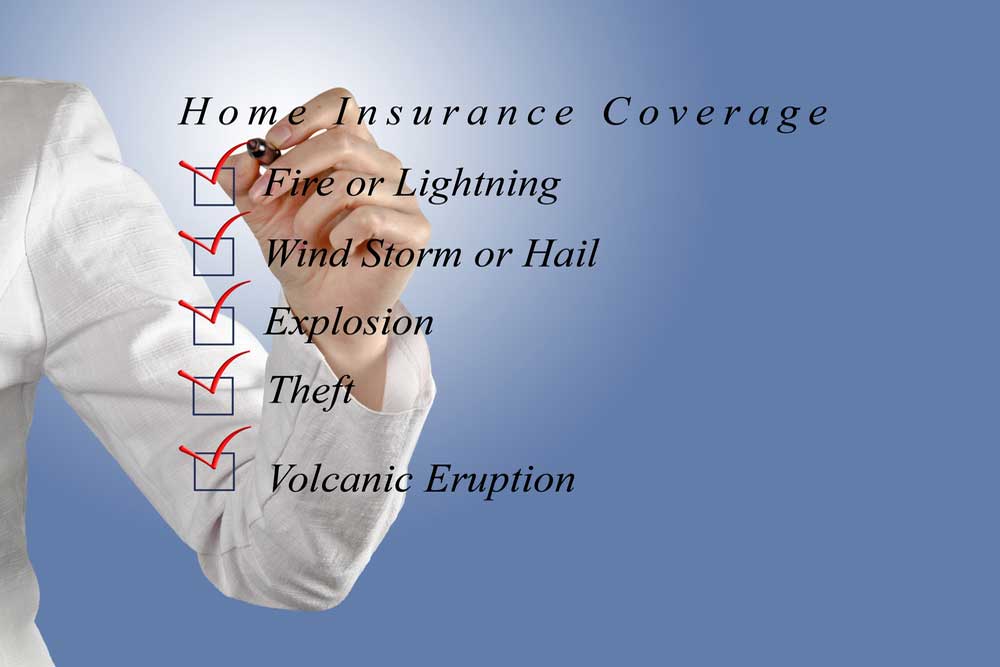Think of your homeowner’s insurance policy like your favorite pair of jeans. It took time to find the perfect fit! It takes time to find the right insurance policy too. This homeowners insurance checklist shows you how to make sure your policy covers your insurance claim.
Shop around for insurance
To find the right insurance policy, you have to ask the right questions. If you’re buying your first home, it’s difficult to know what to ask. That’s why shopping around for insurance is the best decision.
Talk to multiple, trusted insurance advisors. Each one may give you a different insight into how the policy works and its coverage.
Ask friends, family, and your Realtor® for insurance agents. Call at least three of them to find the perfect agent.
Shopping around for homeowners insurance also saves you money. Policy rates vary dramatically sometimes between carriers. Whether you’re buying your first home or lived in your house for awhile, shop around for insurance rates every few years.
Start the conversations on the phone. Once you narrow down your list, meet with your agent in person to learn more about your policy. As a first-time homebuyer, this is an important step even though it’s probably one you’d like to check off your list. Of course, you have a hundred other things to do. You’re buying a house after all. However, take an hour to speak to your insurance agent. You’ll thank yourself later if you have a loss.

Hail
If you’re buying a home in the Kansas City area, hail is the biggest threat to your home. In 2017, several hail storms hit the area damaging roofs.
Insurance experts in Kansas City predict hail will damage your roof before it’s reached its full life.
That’s why it’s important to ask how your policy treats hail claims. Will you pay flat rate deductible or will you pay a percentage of your home’s value? It depends on how your deductible is setup.
Also, ask how hail affects your rates. While that’s like predicting the future, insurance agents have a general idea of how their insurance carrier handles hail claims.
Finally, is there a discount or guarantee for using an insurance provided hail contractor? Or can you find your own?
You want to know how the insurer handles hail claims before the storm passes over your house.
Jewelry
Some insurance companies cover jewelry in the homeowner’s policy and others require itemized or even separate plans depending on the insurer’s coverage rules and the cost of your jewelry. Ask how they cover jewelry claims. Will you pay the same deductible you pay for hail damage or water damage to your home? Or are jewelry claims handled differently?
Endorsements
Like jewelry, your home may not be covered for certain losses unless you have endorsements or special policies.
Home-based businesses, antiques, firearms, and sewer and drain backup typically require extra coverage.
Sewer and drain coverage is something to consider in the Kansas City area, where basements may flood during a heavy rainstorm. If water backs up from drains, sewers, or sump pumps, sewer and drain endorsement coverage protects you.
Personal property
Personal property insurance coverage is limited. You buy a certain amount, based on how much you estimate you have in your home.
Most insurance agents can guestimate based on the size of your home and its home value. You want to make sure you have enough coverage to replace items in your home.
Secondly, find out if you get actual cash value or replacement coverage. Actual cash value takes into account depreciation. So, your television or computer won’t be worth as much on the day you lost it as the day you bought it.
Replacement coverage gives you an allowance so you can buy a similar TV or computer as the one you lost. There’s no depreciation.
Limitations
There are limitations throughout your policy, far beyond personal property. Talk to your agent about the limits that protect your financial interests best.
If you don’t feel comfortable with the standard limits, you can always buy more insurance.
Exclusions
Even though you’re insured, you won’t get coverage for everything. Insurance policies have exclusions for floods and earthquakes. You need flood and earthquake coverage to get your losses paid.
There may be other exclusions in your policy. Read it carefully, so you know what’ it covers.
Liability
If someone trips in your yard and gets hurt, are you covered? Typically, your homeowner’s insurance policy offers liability coverage up to a certain amount. It usually includes court and medical costs.
Make sure your limits are high enough to protect you if an accident happens on your property. The standard liability protection, according to the Insurance Information Institute, is $100,000.
You can also purchase an umbrella insurance policy, which offers extra liability coverage outside the standards of your homeowner’s policy. It helps protect your other assets, providing additional liability protection if something happens.
Pictures
After you decide on a homeowners insurance policy, take photos of every room in your home. Don’t forget your jewelry.
With a smartphone, it’s so easy to snap photos of every room in your home. Take close-up pictures of more costly items like TV’s and computers, so you know the brand.
Then, take a video inside and outside your house. That way you make sure you have proof of everything in your home. Just in case a picture missed something.
Photos and video speed up the insurance claim process when there’s a loss. There’s no questioning what’s in your house. Just pull out your photos. Remember, a picture is worth a thousand words!
Store your video and photographic evidence in two places. Your computer or flash drive and the cloud. That way you’re protected even if you lose your computer.
Sales receipts also hold value. If you have them for high-ticket items, save them.
While pictures speed up the claims process, you may want to take the time to write down the items in your home. You’ll have to do this if you file an insurance claim.
The Missouri Department of Insurance offers a room by room fillable home inventory checklist, so you don’t miss anything in your home.
Deductible
Finally, consider your deductible. When you’re purchasing a homeowners insurance policy, the deductible affects the rate. The deductible is the amount of money you’ll pay for a covered loss before insurance kicks into effect.
Some insurance companies are doing away with fixed rate deductibles. Instead of choosing a $1000 or $2000 deductible, the deductible is a percentage of your home’s insured value. The Insurance Information Institute used the following example. A home worth $100,000 with a 2-percent deductible, has a $2,000 insurance deductible in a percentage based deductible policy.
Understand the coverage
Before you buy an insurance policy, understand the coverage. That way you’re protected in the event of a loss.
The Insurance Information Institute has a booklet of commonly asked insurance questions and answers, so you know if your policy will cover you under different scenarios.
Home ownership is enjoyable, but it’s full of surprises. Plan for the worst case scenario, so the financial part of rebuilding or repairing your home is the least of your concerns when something happens.






 3751 NE Ralph Powell Road
3751 NE Ralph Powell Road 

